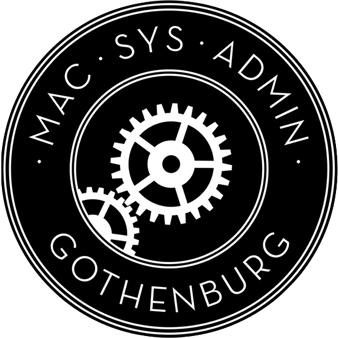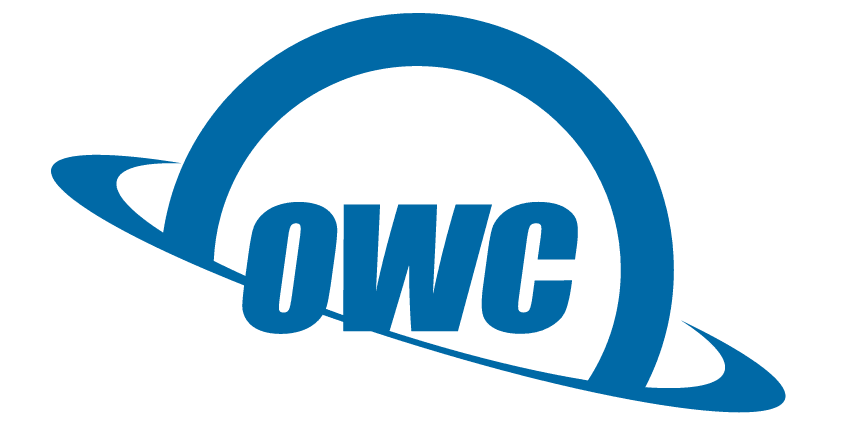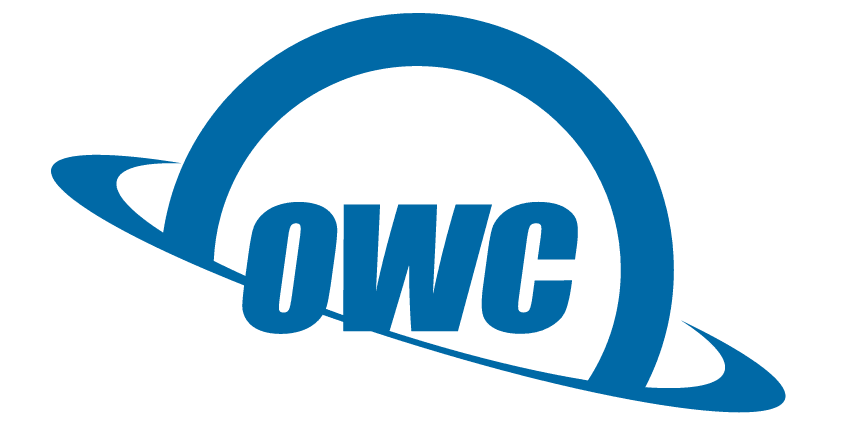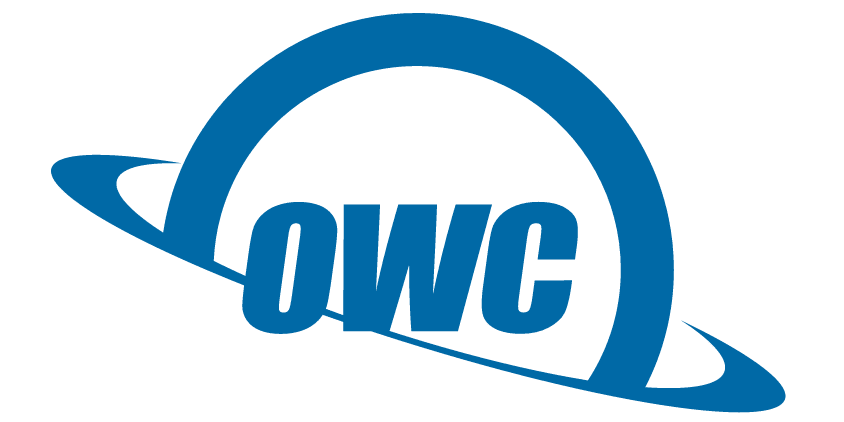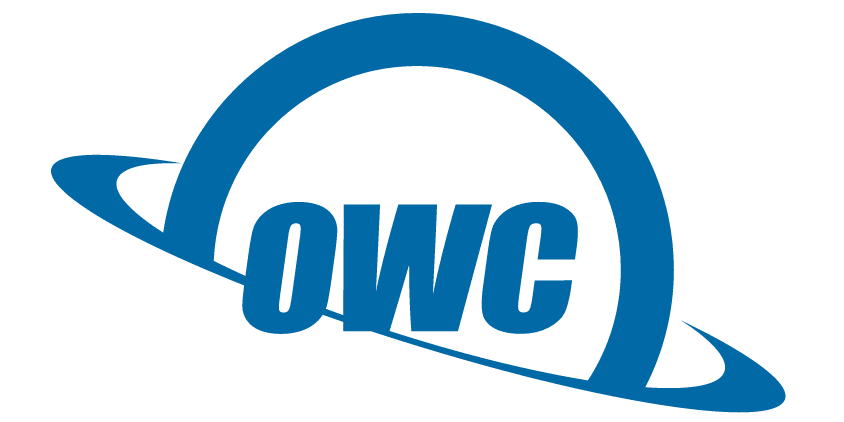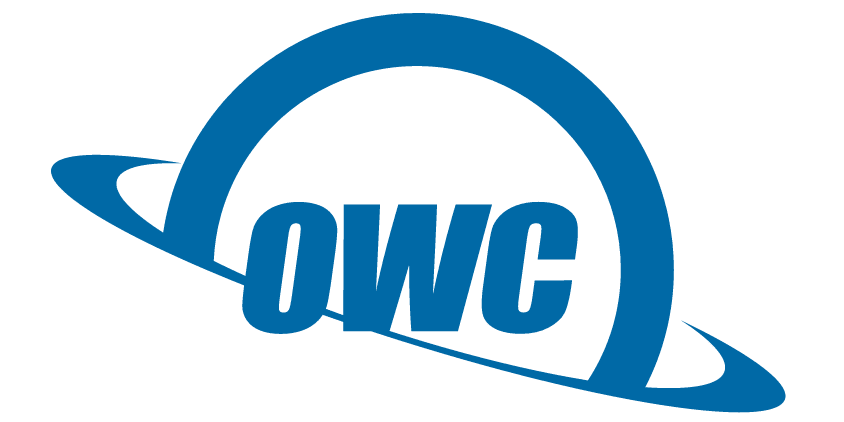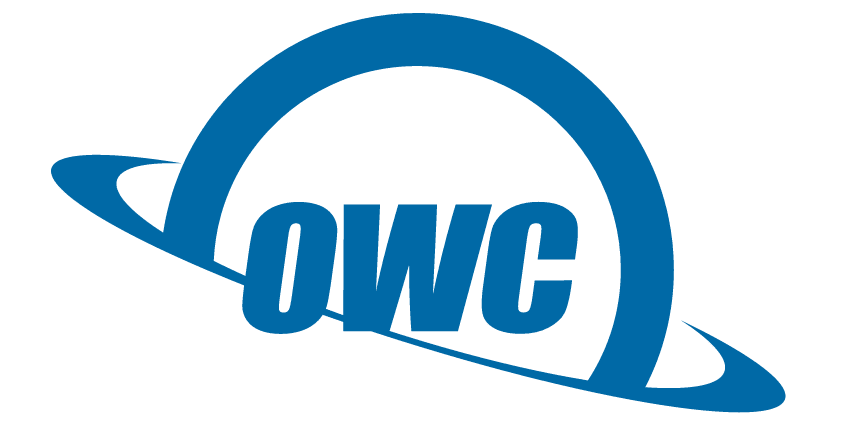Countdown timer visibleon larger screens.Turn your device sidewaysor go bigger.
Something Thrilling This Way Comes...
Tuesday - Sept 30
Registration
09:00 - 10:15
Come get your conference badge, your T-shirt, and get ready celebrate our 20th Anniversary with four days of fun and tech in Göteborg.While you eagerly await the start of this year's event you can get a coffee, a snack, maybe meet some familiar faces, and say hello to this year's exhibitors.
Welcome
10:15 - 10:45 Patrik Jerneheim - MacSysAdmin Hello and welcome to the 20th annual chapter of our knowledge sharing project. Get the latest information about who, when, and where around this year's anniversary event.Join us for a short session about what to expect from the MacSysAdmin Conference 2025.
Keynote
10:55 - 11:50 Speakers - Organization
Come get the latest from the greatest.
Platform SSO Revisited
12:05 - 13:00Joel Rennich - Jumpcloud
It's been a few years since we've done a deep dive into Platform SSO (PSSO) and what it might be able to do for your organization. In the interim Apple has added a number of new features, especially in macOS Tahoe and how PSSO can now create new accounts during device enrollment flows.
During this session we'll dive into how those flows work and what changes they might bring to your deployment process. We'll also discuss the new authenticated guest access and the tap to login functionality that Tahoe brings. We'll laugh, we'll cry, we'll prognosticate about the possibilities of your chosen MDM solution actually supporting any of these flows as well.
As always some live demos will be part of the session to help you better understand what your users may encounter. So come prepared to gaze in wonder at features of macOS that hopefully you have never seen before. A guided Q+A session will be offered as well.
Lunch
13:00 - 14:00Kårrestaurangen - Chalmers Conference Centre
Don't forget to wear your conference badge!

Exhibitor - Fleet
14:00 - 14:25Brock Walters - Fleet Viktor Filipsson - Sonos
Using GitOps For Device Management
Why it's time for DevOps & configuration-as-code strategies to be used to conquer the complexity of device management solutions.

Advanced Packaging
14:35 - 15:30 Duncan McCracken
Following Rich Trouton's very excellent presentation last year, which guides you through the basics, it's time to dig a little deeper.
We'll dive into a lot of the options, what their purpose is, and why you would (or wouldn't) want to use them. Practical examples with common pitfalls that await you addressed.
Even if you don't implement any of the many and varied options available to your packaging workflow, it helps to understand what they are and how they impact things, especially if you want to know why a vendor package provided behaves, well ... oddly.
~ % git -adhd
15:55 - 16:50Justin Pitts - Advania Norge A/S Adventures in creating GitOps workflows when you can’t remember what your boss said 20 minutes ago.
Managing First Contact
17:00 - 17:55Armin Briegel - Jamf / scriptingOSX Enrollment is the “First Contact” situation for a managed device. It is the first experience a new employee will have with the IT practices in your organization. First impressions are important, so we need the enrollment workflow to be solid and resilient, but also flexible to changes in the platform and organization.
We will look at the different phases of the enrollment process and where and how Mac and iOS Admins can influence and customize them. We will demonstrate different deployment strategies and workflows for different organizational and management styles.
Pool Night
19:00 - 23:00 Biljardpalatset - How do I get there from here? There's nothing quite like the joy of hanging out with your peers in person at the Biljardpalatset, surrounded by laughter and friendly competition. The aroma of sizzling burgers and refreshing drinks adds to the ambiance, making for a perfect evning of camaraderie, shared stories, and creating lasting memories together.
Don't forget to wear your conference badge!
The event starts with registration from 9 AM Tuesday morning and will end at approximately 3 PM Friday afternoon.
Wednesday - Oct 1
Retrospective
9:00 - 9:10Patrik Jerneheim - MacSysAdmin
The early years.
Exhibitor - Techstep
9:15 - 9:40Pontus Palmgren - Techstep
Goodbye chaos, hello control:Managing the Mac lifecycle
What if you could move beyond chasing devices across the company, dealing with lost hardware, end-of-life chaos, and endless Excel-sheets for budget tracking? Instead of wrestling with spreadsheets and manual processes, imagine focusing your energy on digital transformation and the core business. Get ready to see how modern lifecycle management improves the Mac experience through real efficiency gains, sustainability wins, and smoother experience for end users.
Join us as we enter Techstep's Device Lifecycle Portal, and get a hands-on walkthrough of how it enables IT to manage every stage of the Mac journey—from acquisition to refurbishment, and everything in between. Let’s reimagine how your organization handles Macs from day one.
Career Kext Not Loaded?
09:50 - 10:30Andrina Kelly - UpliftedSpirits
Finding the Right Drivers for Your Growth.Some career paths load effortlessly; others need a bit of troubleshooting. Whether you’re an early-career admin or a seasoned pro, growth isn’t just about moving up - it’s about finding the right drivers that keep you engaged, motivated, and moving forward.
In this session, we’ll explore what truly powers your career - your core motivators - and how to use them to determine your next steps. Through thought-provoking exercises and real-world stories, you’ll assess whether your current role aligns with what matters most to you, what happens when those motivators shift, and whether you should deepen your expertise, step into leadership, or carve out a new path altogether.
If your career feels like it’s running in Safe Mode, this session will help you debug your next move.
Platform SSO, Passkeyand Intune
10:55 - 11:50 Marc Nahum - Microsoft
The new trinity for macOS.
Solve macOS Puzzleswith Gary the Search Tool
12:05 - 13:00Maggie Zirnhelt - Jamf In this session I'll be introducing Gary, a macOS app for intuitive file collection exploration in a GUI with curated grep functionality and built-in YARA matching. To learn how it works we will use it to find our answers in a Capture the Flag style game.
Lunch
13:00 - 14:00Kårrestaurangen - Chalmers Conference Centre
Don't forget to wear your conference badge!

Exhibitor - OWC
14.00 - 14.25Troy Lynch - OWC
Enterprise Security Posture
At MacSysAdmin 2025, Troy will present on enterprise security posture, offering insights into how organizations can protect and scale their IT environments. He’ll also showcase OWC innovations like the Thunderbolt™ 5 Dock and the Aura Ultra M.2 NVMe SSD, solutions that deliver breakthrough speed and performance for Mac professionals worldwide

Friday the jq’th - Json Lives
14:35 - 15:30Ulrik Aabye-Hansen - Talktech
Slashing APIs with jq*
Step into the dark woods of API data as we explore how jq (buildt into macOS since Seqouia) can turn tangled JSON into something you can actually use. We’ll break down JSON structure in a way that’s simple enough for newcomers, then move into practical demonstrations of slicing and filtering
real data from Apple Business Manager, Jamf Pro, and Microsoft Intune APIs.
Along the scary path, you’ll learn how to: - Read and understand JSON - Use jq to filter, transform, and query complex data - Work around MDM limitations by using the API - Apply these techniques to solve real-world challenges
Bring your curiosity — and maybe a flashlight — because once you learn to handle JSON this way, you’ll never look at raw API output the same again.
Broken Isolation
15:55 - 16:50Wojciech Regula - SecuRing Draining your Credentials from Popular macOS Password Managers.
Evolution of macOS SecurityFrom the Desert to the Lake
17:00 - 17:40Csaba Fitzl - Kandji Evolution of macOS security. In this talk I will give an overview of how macOS security improved over the years related to logic vulnerabilities. I will go through how the Sandbox (SIP), GateKeeper and TCC evolved over the past 7 years, what new generic mitigations Apple introduced and how all of these impacted various kinds of vulnerabilities and exploits.
We will see what kind of bug classes, which were once all around, are dead now thanks to Apple's efforts and how the life of a security researcher is getting harder year by year. At the end we will also touch on some serious long term open issues.
Game Night
19:00 - 21:00Liseberg - How do I get there from here? Spending an evening with peers at the Liseberg game hall brings immense joy. The air is filled with excitement and friendly banter as we indulge in thrilling games and challenges. With a light meal and drinks to fuel our fun, the camaraderie grows stronger, forging unforgettable memories and strengthening bonds that last.
Don't forget to wear your conference badge!
The event starts with registration from 9 AM Tuesday morning and will end at approximately 3 PM Friday afternoon.
Thursday - Oct 2
Retrospective
09:00 - 09:10 Patrik Jerneheim - MacSysAdmin
Smooth Sailing and Bumpy Rides.
Exhibitor - Kandji
09:15 - 09:40 Weldon Dodd - Kandji
A titillating subject.
Your Future is Writable
09:50 - 10:30Diana Birsan - Downpay
Stop waiting for admin approval. What if your early career wasn’t a waiting room, but a training ground? In this session, you'll hear how transferable skills from IT can fuel entrepreneurship, why generalists make powerful founders, and how you can move from maintaining systems to building your own. Your career isn't locked down, your future is writable.
What Would You Say To…?
10:55 - 11:50W Andrew Robinson - Krene K. K. / Omise
…Yourself, if you could go back to the beginning? What advice would you give yourself? What has worked well for you, what hasn’t?
As we celebrate 20 years of MacSysAdmin in 2025, it’s good to look back, and how a little ‘thought experiment’ might be useful to help others in our shared “Mac Systems Administration” world. Join me in this session as we take a look at what possibilities can be found when we ask these questions of ourselves and our colleagues, with yet Others in mind.
Form, Function,and the Joy of Good UI
– swiftDialog, past present and future
12:05 - 13:00 Bart Reardon - CSIRO Henry Stamerjohann - Declarative IT
Communicating with users isn’t just about delivering information — it’s about doing so with clarity, empathy, and trust. In this talk, Bart Reardon shares the design journey behind swiftDialog, a macOS utility built to help admins present clean, consistent, and user-friendly dialogs. We’ll explore how good UI enhances communication, reflect on past efforts to achieve this goal, and preview new features and the future direction of swiftDialog.
Lunch
13:00 - 14:00Kårrestaurangen - Chalmers Conference Center
Don't forget to wear your conference badge!

Exhibitor - Jamf
14:00 - 14:25Scott Mackey - Jamf
The Missing Signal: Why user acceptance needs Telemetry, not just testing.
We all have our own user acceptance testing workflows but let’s be honest, they only capture a single moment in time. With constant OS updates, app deployments, and those ever-persistent user prompts, how can we create a better experience for both admins and end users?
Let’s explore how something as simple as an app installation can quickly become a frustrating experience for users and a potential security risk for the organisation and how we can solve it for everyone utilising Telemetry.

Moving House Made Simple
14:35 - 15:05Arek Dreyer - KandjiGrace Goodrich - Magic Hat
If you’ve ever switched Mobile Device Management systems, you know the pain — it’s like moving to a new home: stressful, time-consuming, and full of surprises. From backing up and wiping devices to reassigning, re-enrolling, and restoring everything (while handling the flood of support tickets), it’s enough to make any IT team say, “Never again.”
Join Arek and Grace when they reveal how modern tools are transforming what used to be a massive IT burden into a seamless transition — with minimal disruption and zero lost sleep. Whether you're planning a switch or just curious about what's possible now, this session will change how you think about MDM forever.
Introducing Munki 7
15:15 - 16:10Greg Neagle - Walt Disney Animation Studios
Munki 7 is a major update to the popular open source tool for managing software installation and updates on macOS. Greg will walk us through the changes, which include a move away from Python to Swift, removal of certain legacy features, support for Apple's new Liquid Glass “look" in macOS 26, and of course, a few new capabilities. With the removal of Munki's included Python, Munki admins may need to prepare before updating to Munki 7. Greg will show us what steps you may need to take to be ready for this exciting update!.
The 20 Year Anniversary
16:15 - 17:15Celebration - Exhibitor Area Really amusing times.
The Jamf Bash
19:00 - 23:00Irish Embassy - How do I get there from here? The joy of spending an evening with your peers at the Irish Embassy Pub is unmatched. The lively atmosphere, filled with laughter and conversation, sets the stage for an unforgettable time. Indulging in a great buffet and drinks adds to the pleasure, fostering a sense of camaraderie and creating cherished memories that will be talked about for years to come.
We thank Jamf for being the main sponsor of tonight's event.
Don't forget to wear your conference badge!
The event starts with registration from 9 AM Tuesday morning and will end at approximately 3 PM Friday afternoon.
Friday - Oct 3
Exhibitor - Addigy
09:00 - 09:25 Catherine Davis - Addigy
Deep Dive Into Declarative OS Updatesand Upgrades
This session will briefly cover the history of OS updates and how we got to MDM updates and now Declarative OS Updates. Then we will learn how updates are initiated and run via MDM commands, and now Declaration and what that looks like in Unified System logs. Understanding the differences of each of these types of update methodologies is key in understanding how to best perform OS updates, and help provide Feedback to Apple and help the Apple Admin community to take OS Updates from a bear to bearable to accomplish.
22 Short Films About Macs
09.35 - 10:30Tom Bridge - I.M.P. Productions
The lessons we learn across a lifetime pile up into knowledge and wisdom. Here are some of the best of the last 25 years of being a Mac Admin.
Is AI going to take overyour job?
10:55 - 11:50Tim Standing - let self = Programmer(company: nil, position: nil)
We keep hearing about the ability to create software with AI, how non-coders can create applications which are ready to be shipped to customers. Is this reality or just a SciFi dream? This talk will investigate the current state of using AI for code generation and how it will affect the software industry in the future.
Lunch
12:00 - 13:00 Break Area - Chalmers Conference Centre
Don't forget to wear your conference badge!


Mastering Apple’sEndpoint Security
13:00 - 13:55Patrick Wardle - DoubleYou
Five years after Apple radically empowered third-party security developers on macOS with the introduction of Endpoint Security, most developers grasp its fundamentals, but subtle nuances remain, and advanced features are still underutilized. And as the framework continues to evolve, even experienced developers can struggle to keep pace with its rapidly expanding capabilities.
Continued...
This talk explores critical areas that frequently trip up developers, such as caching behaviors and authorization deadlines, before diving into Endpoint Security’s more advanced features like mute inversions. We'll also cover recently introduced capabilities—including the long-awaited TCC event monitoring which offer unprecedented visibility into permission-related activity often targeted by malware.
Each topic will include practical code examples, demonstrated and validated against sophisticated macOS malware.
Join us to move beyond the basics and unlock the full power of Apple’s Endpoint Security framework.
Update
14:05 - 15:00Steve Hayman
Steve had the great honour of presenting at MacSysAdmin many times on a wide variety of topics - from Applescript to regular expressions, through to Unicode and the history of text encoding, Swift and iOS app development and the uses and misuses of quotation marks. He'd like to update you on all these topics, and share a few other things he's learned after 32 years at Apple.
The event starts with registration from 9 AM Tuesday morning and will end at approximately 3 PM Friday afternoon.
